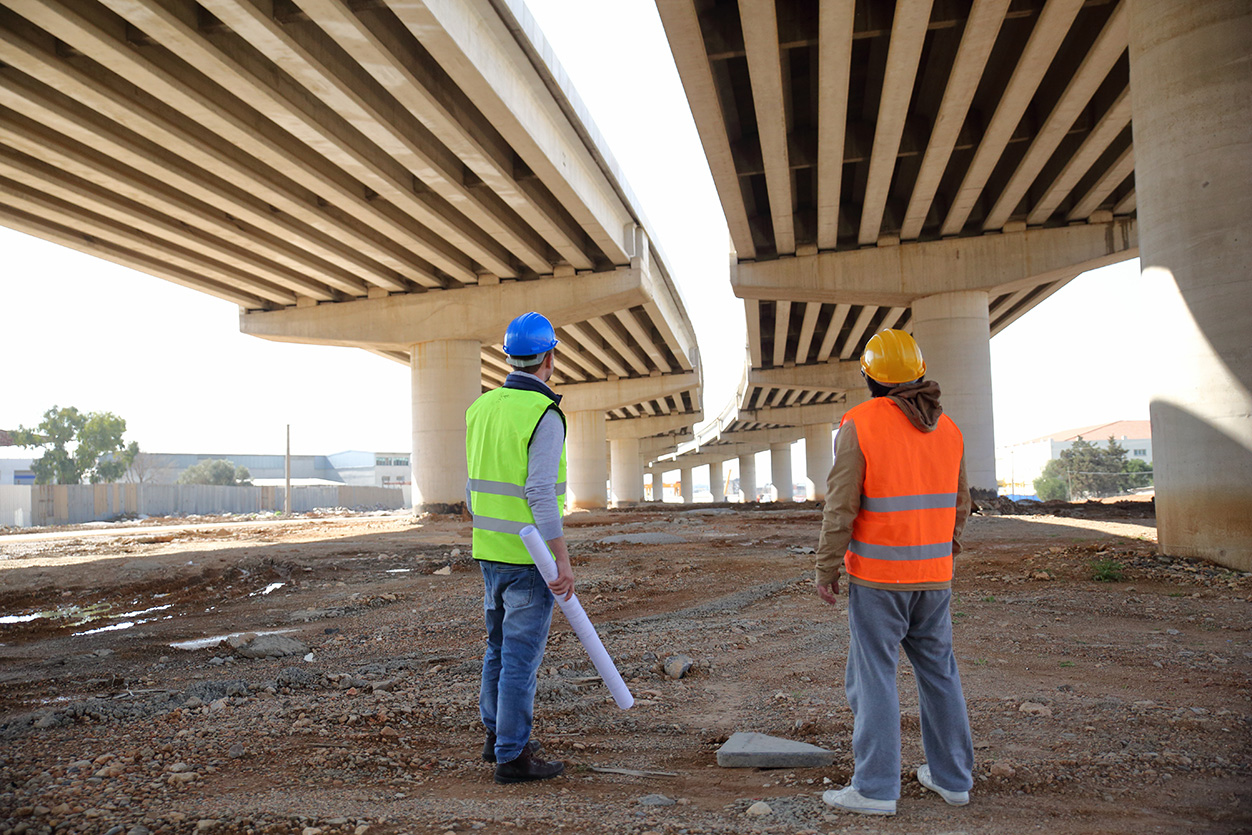Highway Run: Case Note: TexDOT Contractor Not Liable for Damages Related to Completed Construction

The El Paso Court of Appeals recently broadened the horizon of liability for contractors who work with the Texas Department of Transportation (TexDOT) to construct or repair roads. In A.S. Horner v. Rafael Navarrette, the El Paso court took on an issue of first impression under Texas law: Does Texas law extinguish liability for TexDOT contractors only during the construction process, or does it limit their liability after construction is completed, too?
The case arose from an accident which injured Navarrette, a fire-fighter and paramedic who responded to an accident one night in El Paso. Navarrette’s pleadings stated that while he was between the barricades on a catwalk on an overpass, he fell “20 to 30 feet” because of an opening in the railings in the catwalk. Navarrette brought claims of premises liability and negligence, but somewhat understandably did not bring up Texas Civil Practice and Remedies Code §97.002. A.S. Horner (Horner), the contractor who built the overpass 7 weeks prior to the accident, asserted Section 97.002 as an affirmative defense. The statute provides that:
A contractor who constructs or repairs a highway, road, or street for the Texas Department of Transportation is not liable to a claimant for personal injury, property damage, or death arising from the performance of the construction or repair if, at the time of the personal injury, property damage, or death, the contractor is in compliance with contract documents material to the condition or defect that was the proximate cause of the personal injury, property damage, or death.
Horner argued that the statute barred Navarrette’s claims because Horner had built the overpass in compliance with the TexDOT’s contract documents. Navarrette did not dispute that Horner complied with the contract. Instead, he argued that Section 97.002 was inapplicable to the case because he was not injured during construction, but after construction was completed. The El Paso Court noted that this type of temporal argument had not previously been considered by Texas appellate courts, all prior reported cases having dealt with injuries which occurred during construction.
The Court examined the statute under a statutory construction lens, focusing on the word “constructs” in Section 97.002. Navarrette argued that the word was being used in a present-active tense, meaning that the word should only be applied to ongoing construction. The Court disagreed, citing other Texas statutes that used similar language and have been interpreted to create ongoing obligations and liability. The Court ended its statutory analysis by stating that “the Legislature’s use of the present tense ‘constructs’ in section 97.002’s restrictive clause is not a manifestation of intent for the statute’s protection from liability to apply only in the context of ongoing construction.”
This conclusion concerned the dissenting judge, who believed that this interpretation would actually allow contractors to escape liability permanently, as this statute would now protect them even after construction. However, the Court assuaged these fears by stating that the contractor still has to comply with contract documents in order to receive protection under the statute. While the court’s ruling did temporally expand the reach of 97.002, in the end, the real hook of the statute—the contract compliance language—remains the true concern for contractors.
Legal Disclaimers
This blog is made available by Gerstle Snelson, LLP for educational purposes and to provide general information about the law, only. Neither this document nor the information contained in it is intended to constitute legal advice on any specific matter or of a general nature. Use of the blog does not create an attorney-client relationship with Gerstle Snelson, LLP where one does not already exist with the firm. This blog should not be used a substitute for competent legal advice from a licensed attorney.
©Gerstle Snelson, LLP 2021. All rights reserved. Any unauthorized reprint or use of this material is prohibited. No part of this blog may be reproduced or transmitted in any form or by any means, electronic or mechanical, including photocopying, recording, or by any information storage or retrieval system without the express written permission of Gerstle Snelson, LLP.

